If you ask Western NSW graziers Mike and Lucy Rosser how carbon farming has impacted…
Regenerative farming hits the red carpet
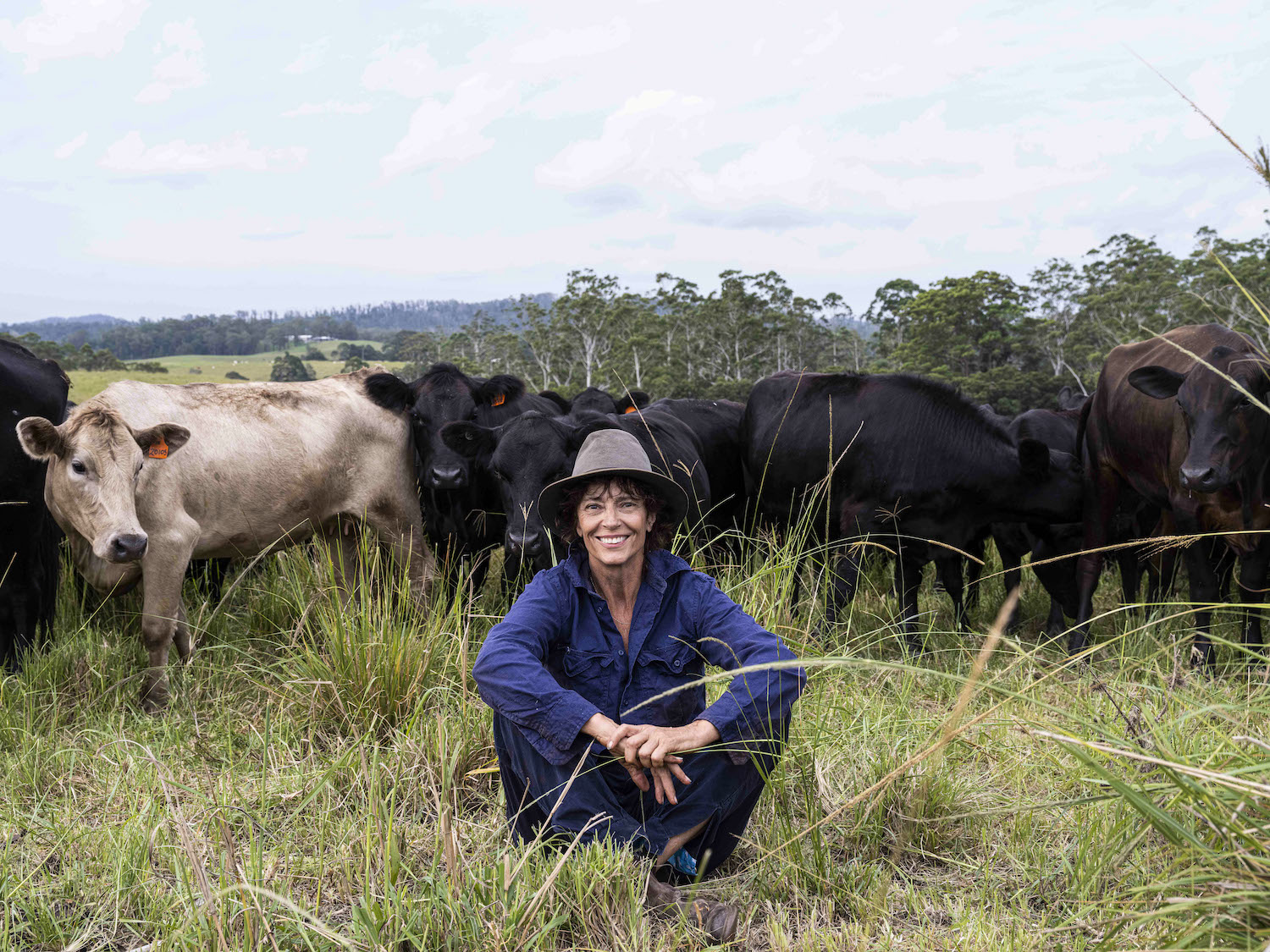
British-born Australian film director and actor, Rachel Ward and her husband, actor Bryan Brown, who met on the US set of The Thorn Birds, have owned a cattle farm outside Macksville in the Nambucca Valley for 37 years. In fact, they�ve been members of NSW Farmers since the beginning.
�The farm has been central to our family and we spent every single holiday here with the kids growing up,� Rachel says.
Now her grandchildren come to visit.
For 30 years, she contracted local managers who farmed the property conventionally, which included tilling the soil, irrigating, and planting winter feed using Roundup to kill summer grasses.
�I didn�t pay much attention until the 2019 summer bushfires hit,� she explains. �They were apocalyptic. It was the worst bushfire season ever recorded and clearly driven by climate change. Our neighbour�s farm was a smouldering heap.
�I felt very frightened by it all but really struggled to figure what part I could play to help turn things around. It was so overwhelming.�
As she says in her documentary film Rachel�s Farm, released in Australian cinemas on August 3: �Who would�ve guessed that the hoon up the street would be my salvation?�
Mick Green Jr had been working with his father, Mick Green Snr, to manage their property as well as Rachel and Bryan�s farm for several years before taking everything over when his father retired.
�He came to me one day during the 2019 drought when we were handfeeding the cattle and selling yearlings at $1.50 a kilo and said, simply, this conventional way of farming is just not sustainable, either economically or ecologically. He showed me how our soil was dry and dead, and said that every bad thing on the farm came back to something we�d done.
�Here was a dinky-di small farmer with absolutely no pretentions telling me we had to do something differently,� says Rachel.
Mick had grown up travelling around Australia with his parents, who were drovers and cane workers, before the family bought a small farm in Macksville. He spent time working in and around BHP Steelworks and in the coal mines of the Hunter Valley before returning to the family farm. He and his good friend Darren Newbury, known as Normie, had been working together as fencing contractors in addition to their farm work to try and scratch out a living for their families.
�They both had become increasingly concerned about the diminishing fish stocks and explosion of algae in the river, caused by excessive urea from the industrial fertiliser run-off of excess nitrogen. Normie, who�s had many jobs over the years, from electrician to grave digger, is an autodidact [self-taught],� explains Rachel, �and started researching another way to farm.�
Between them they explored the holistic principles of regenerative agriculture. Instead of oxidising the soil through over-tilling and burning with chemicals, they wanted to use the cows as a tool to manage the pastures, with rotational grazing and manure distribution, to help restore the health of the soils, which could then store more carbon and help combat climate change.
�This was the most hopeful thing I�d heard in a long time,� says Rachel. �And it was something I could do. I have a farm and I could make a film about it, too.�
And she has.
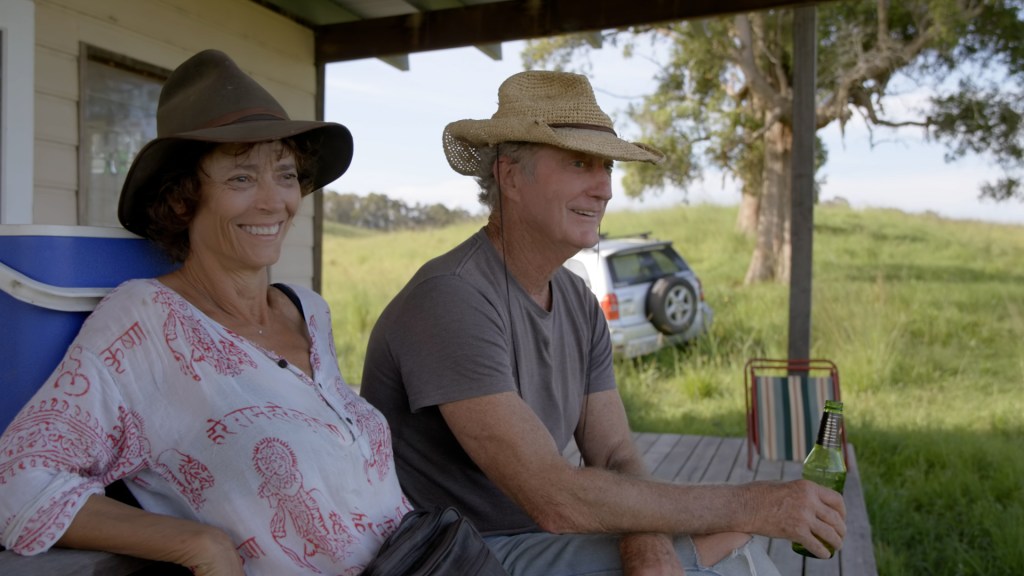
�I really wanted to help people look a little closer into how food gets on their plate. And I thought the film might help bridge the gap between farm life and city life. The film is really a story about climate anxiety and a first step toward making some changes. It�s light-hearted and entertaining but also, hopefully, informative,� she says.
�Most of all, I want people to understand that we�re all captive to the big supermarket chains and large multinationals driving down the prices that farmers get for their hard-earned labour. I want to open the discussion about what our priorities should be. Do people really think the agricultural industry can continue spraying pesticides to the tune of billions of litres worldwide every year, and not have this get into our food system?
�The alternative paradigm based on regenerative agriculture will only succeed on a large scale if consumers demand healthier food from healthier farms, which admittedly will come at a higher cost. But how do you attach a price to a healthier diet and a healthier planet?�
As a first step, they joined their two properties � Rachel and Bryan�s 340-hectare farm with Mick�s 100-hectare farm � so they could move the cattle around a larger area.
�It was a bit of a risk and it involved a lot of trust, but we decided it was both logistically more efficient and the cattle could work optimally across a larger number of smaller paddocks,� she says. �Each paddock would have more time to regrow between grazing.�
Then they began implementing some of the basic tenets of regenerative agriculture, sometimes hilariously, warts and all. It�s all documented in the film.
�The first year was the hardest, because the soil and the winter perennial grasses were used to doing no work,� explains Rachel. �We tried worm juice and our own compost and I even got an expensive shipment of dung beetles, but the soil was still hard and dry.�
Rachel did a holistic farm management course, and Mick and Normie created lots of smaller paddocks with their own water points; it was a great initiative but it blew the budget. Rachel moved up to the farm fulltime to become Mick�s eager farmhand, because they could no longer afford to pay Normie.
�I imagine the local farming community looked at what Mick and I were doing with great suspicion with the attitude of �what do I know about farming?�. Both of us are rebels!
�We don�t slash anymore so the whole place looks a bit rough. We�ve gone back to nature,� she says. �I must admit, they�ve been nothing but generous and welcoming down at the cattle yards, but I do think they saw me as an imposter. But hey, I�ve always felt like a bit of an imposter, both in the film industry and as an Australian.�
By the summer of 2021, at the one-year anniversary of their regen ag journey, there�d been no more devastation, they�d sold their cattle at a good price and were out of the red. Then it started not just to rain, but to bucket down in a one-in-a-century flood.
�The cattle struggle so much more with the wet than the dry,� says Rachel. �We had to get our soil healthier for better water drainage and storage.�
So, they consulted with Australian landscape scientist Peter Andrews, who showed them how to use vegetation as a filter to reduce run-off and to build contours in the landscape as a water retention system.
�We�ve now been assessed on our ground cover, water infiltration, biodiversity, soil carbon and soil health by Land to Market consultancy, and have received an Ecological Outcome Verification (EOV) that our farm is moving in the right direction.�
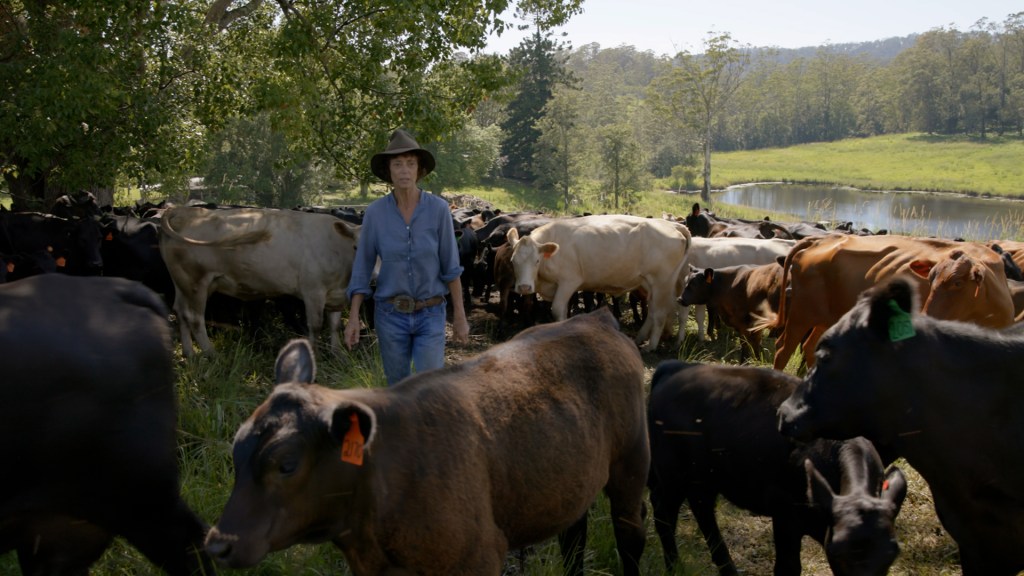
�We still have a way to go but it�s a start,� says Rachel. �With this verification, we can market our beef as a paddock-to-plate business that does right by the land and right by the animals.
�We now have a herd of Angus and Murray Grey cross and we�re looking at Senepol and Mashona, too, because they�re very suited to our sub-tropical environment and do better against buffalo flies and ticks. We�re trying to change our genetics as a creative problem-solving tool.�
�It�s crazy that Angus have become the go-to beef cow even in sub-tropical areas, just because it fits into the supermarket mould � sort of like the meat version of supermarket tomatoes. Farmers get penalised if they go with another breed, even if it�s better for their ecology.
�Grass-fed cattle should also be sold at a premium over grain-fed feedlot cattle because they do so much to pull down carbon and keep the landscape healthy and, ideally, they�re exposed to fewer chemicals. Instead, these days, almost 50 per cent of Australia�s beef is grain fed because it�s cheaper to produce,� she says.
�I want to unravel some of these assumptions to expose the truth. Consumers should really be paying attention to the impacts on our health of industrial farming, with its reliance on chemical additives.�
�If we want to do a U-turn with our agricultural production and put more emphasis on caring about our environment and biodiversity, we must pay attention to where our food is coming from and push for best practice on our farms. So often, industrial farming and mining is sacrosanct in Australia, which built itself of the back of sheep and mines.
�The average age of farmers around here is 65 and they�re very entrenched about the way they farm. It�s up to the next generation to take on this new farming paradigm. There are lots of young people who want to be on the land and be part of the solution of addressing climate change,� says Rachel. �This film is for them.�
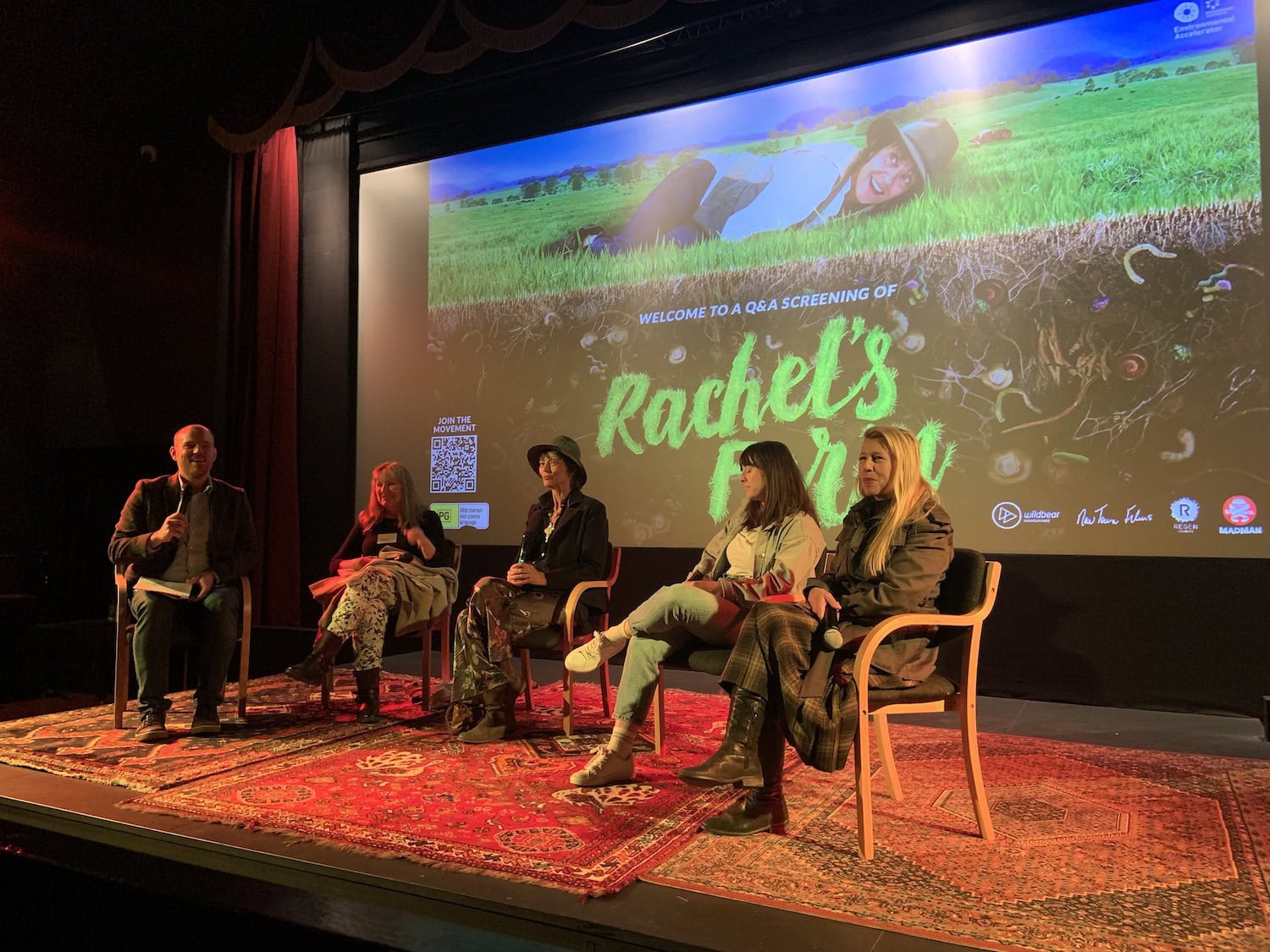
Rachel�s Farm is now in cinemas, with Rachel herself appearing at select locations. For more information, to read about how to take further action, obtain educational licences to host screenings of the film, or just to book tickets, visit theregenerators.org/rachels-farm


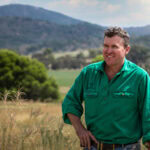
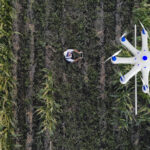
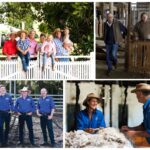


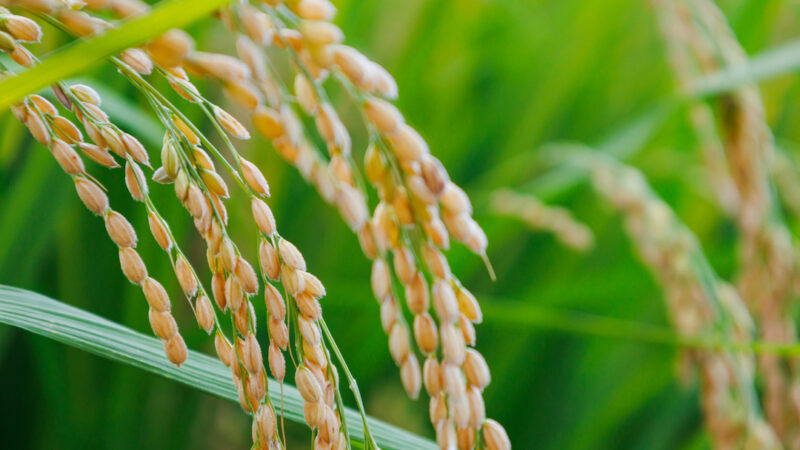

I saw Rachel’s Farm this week at the Randwick Ritz. It was special. She has put in a huge effort. I very much appreciate the hard work farmers do to produce our food, and her comment about the public being captive to big supermarket chains trying to drive down prices (and screw the farmers) was sobering. I hope it inspires other farmers to follow suit.